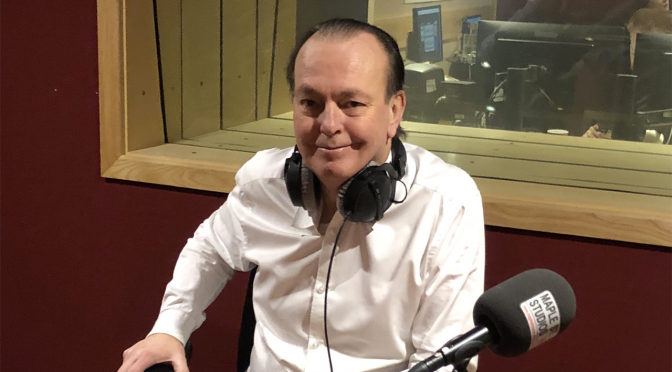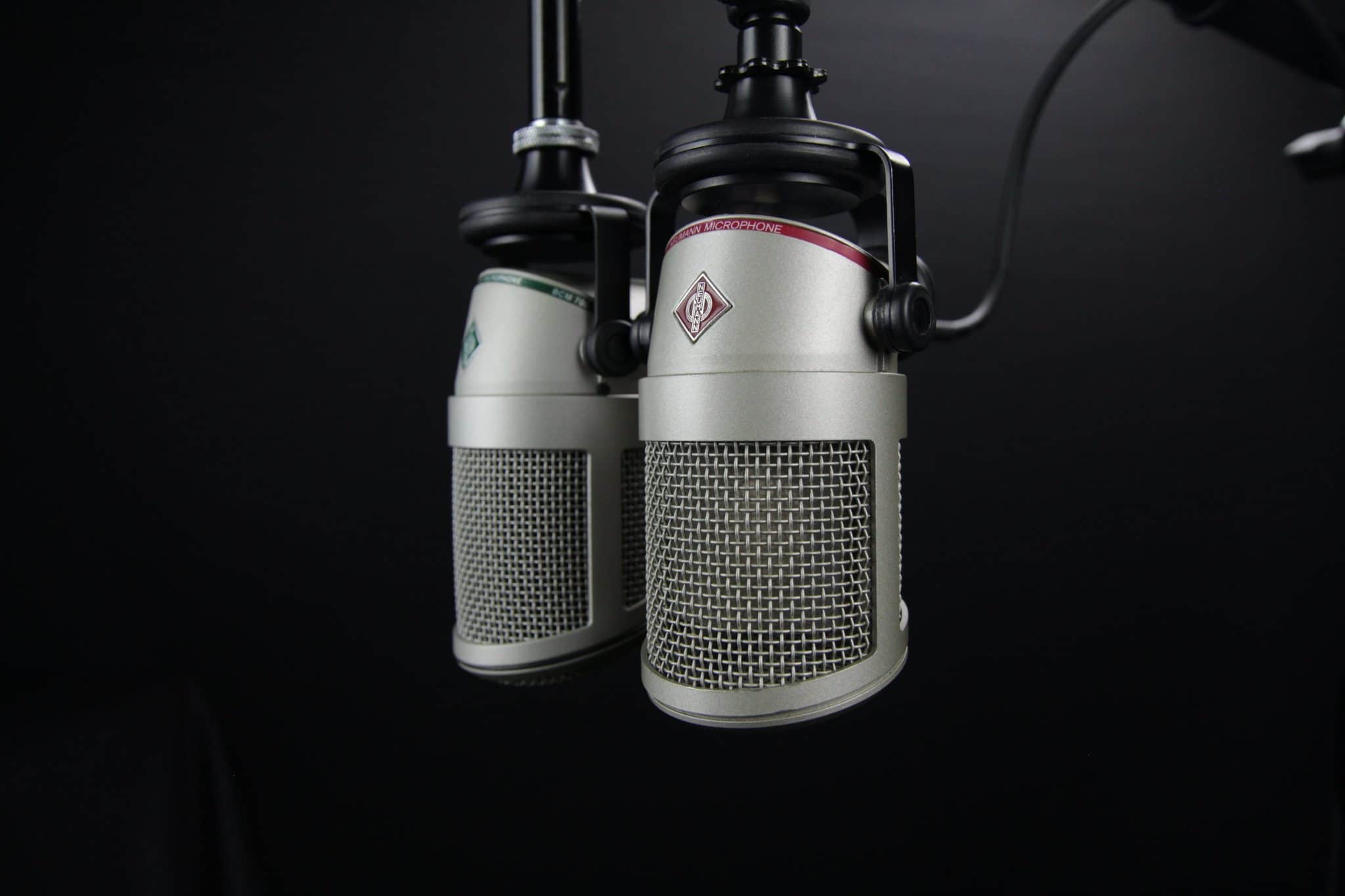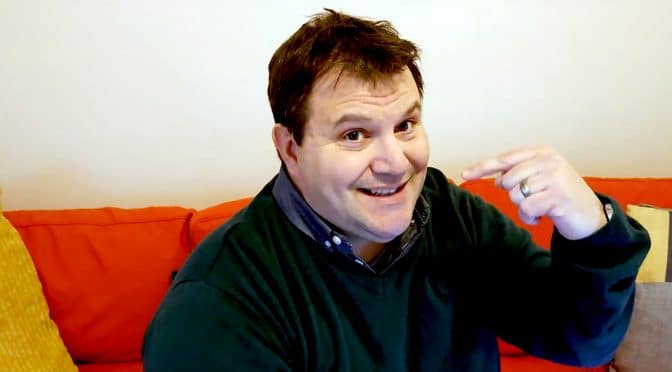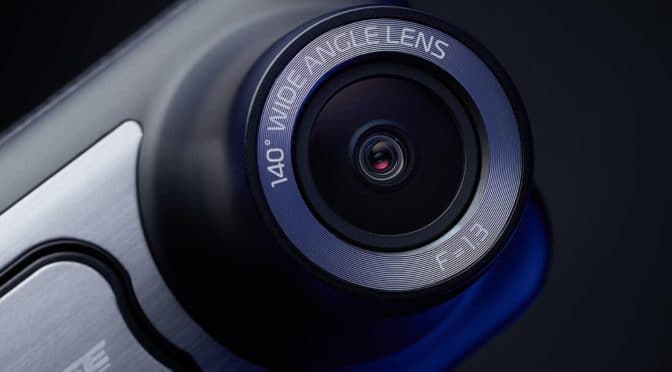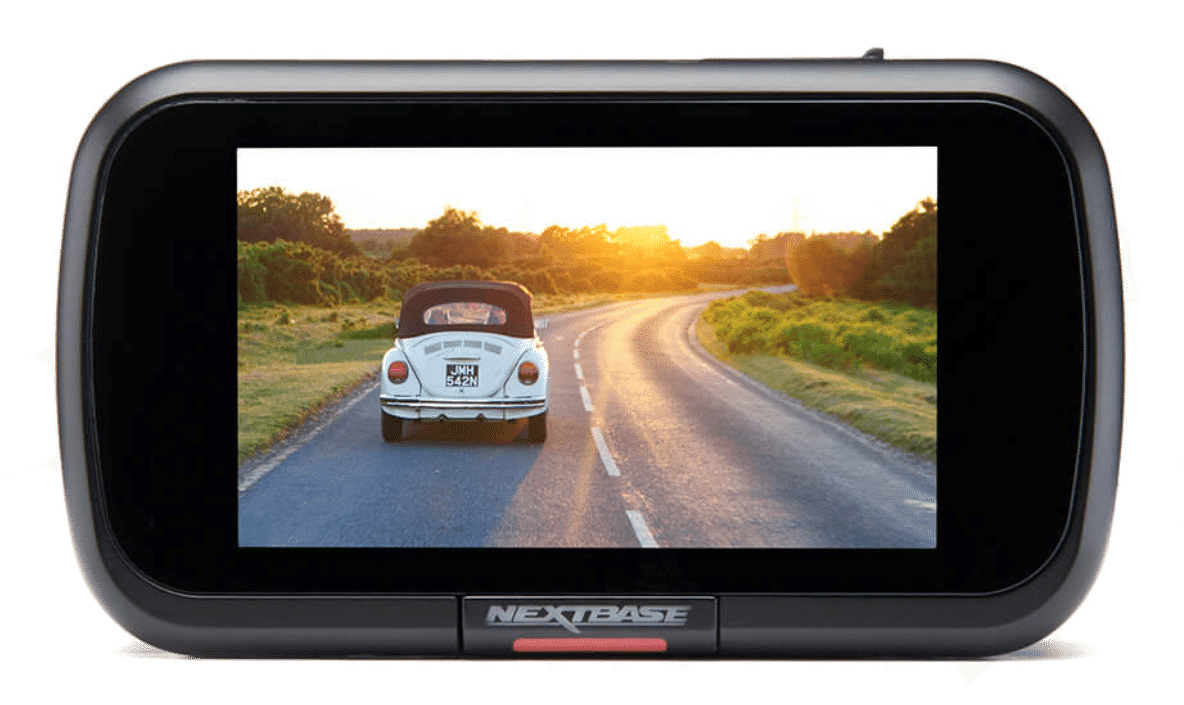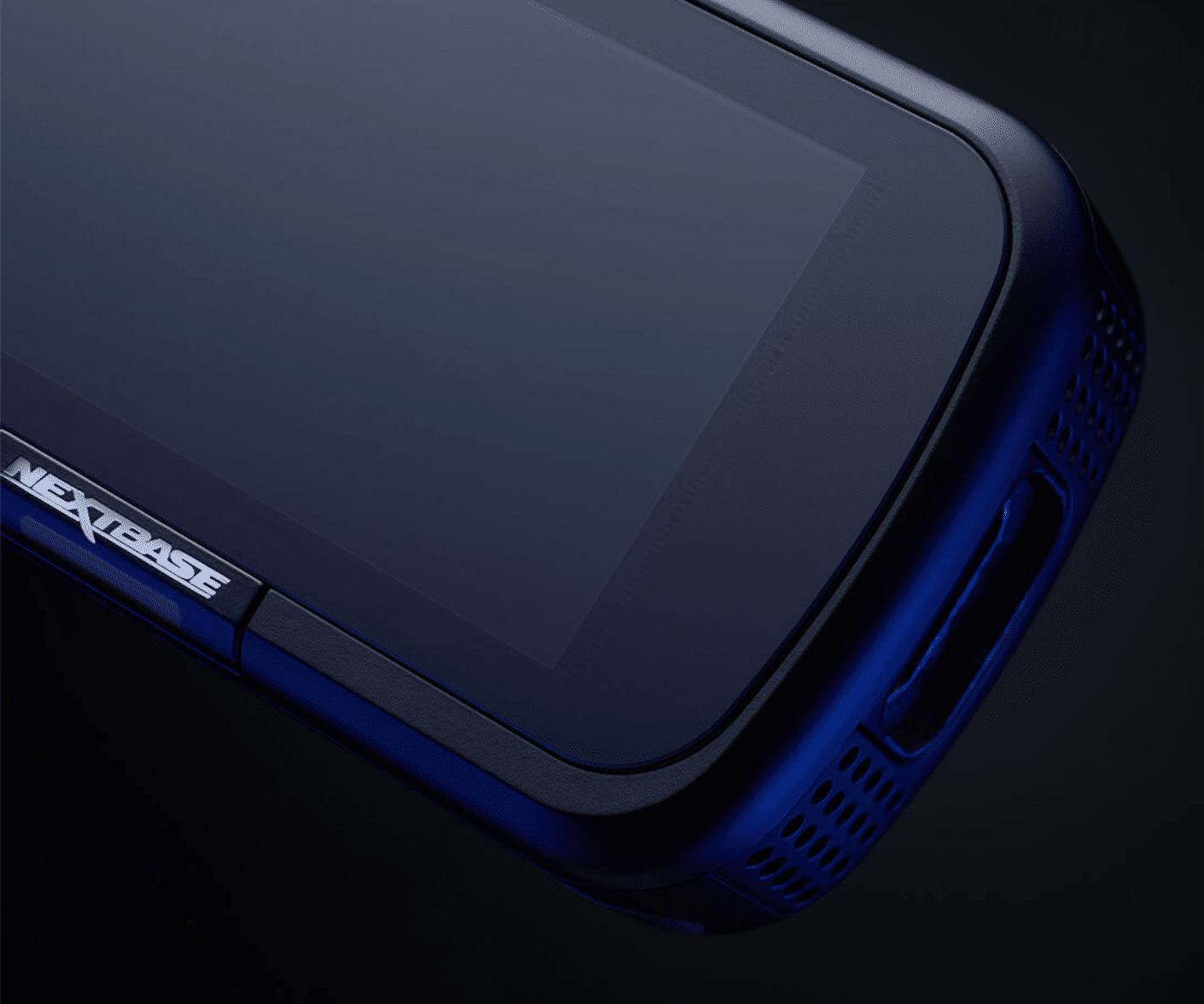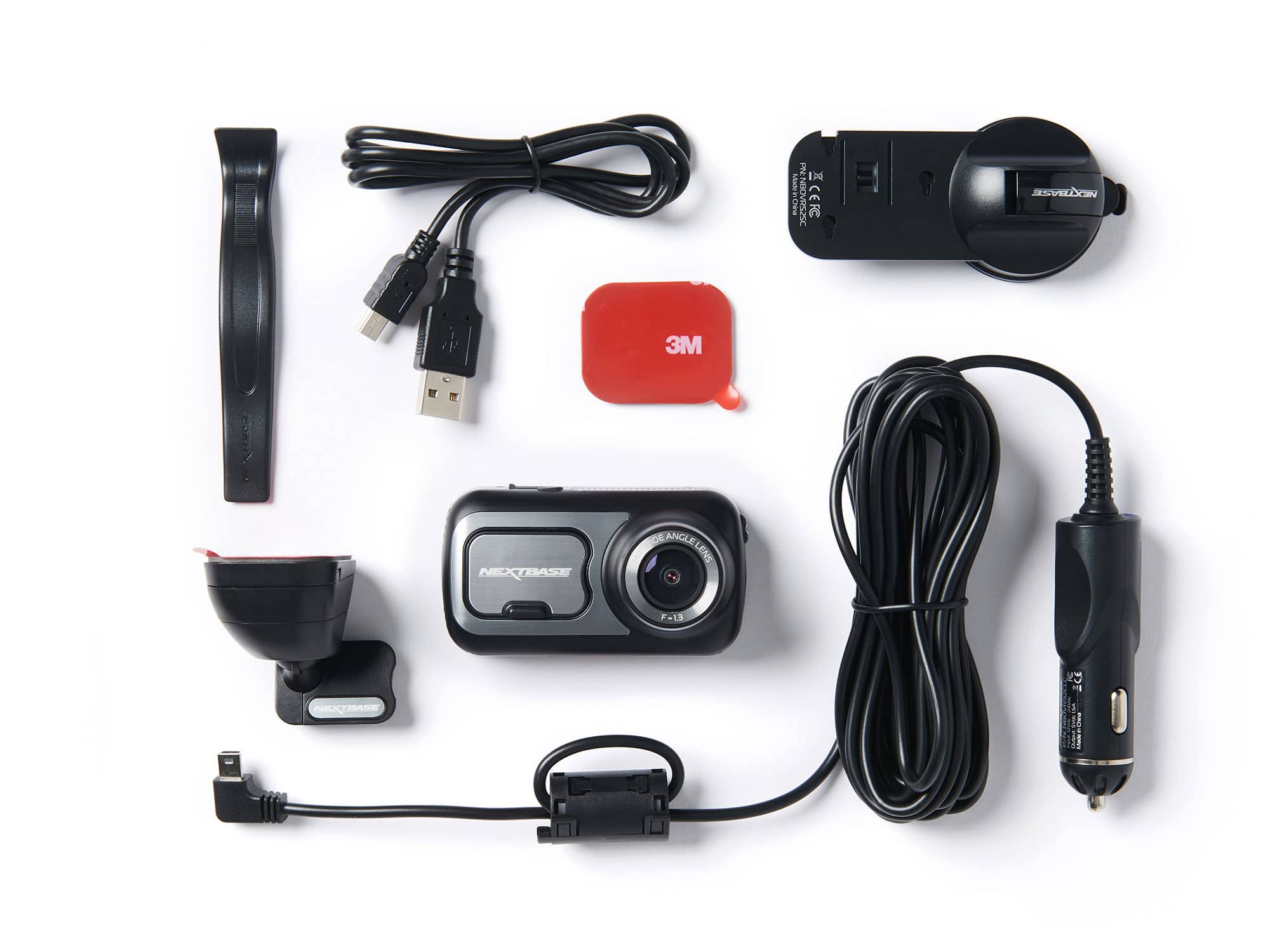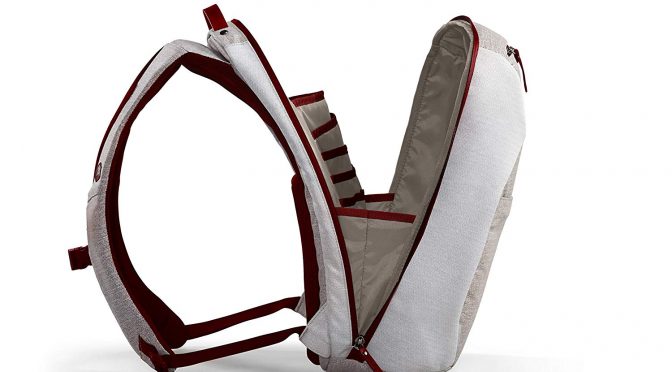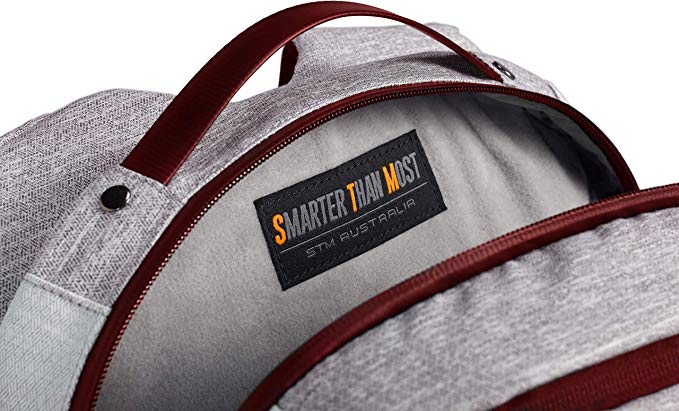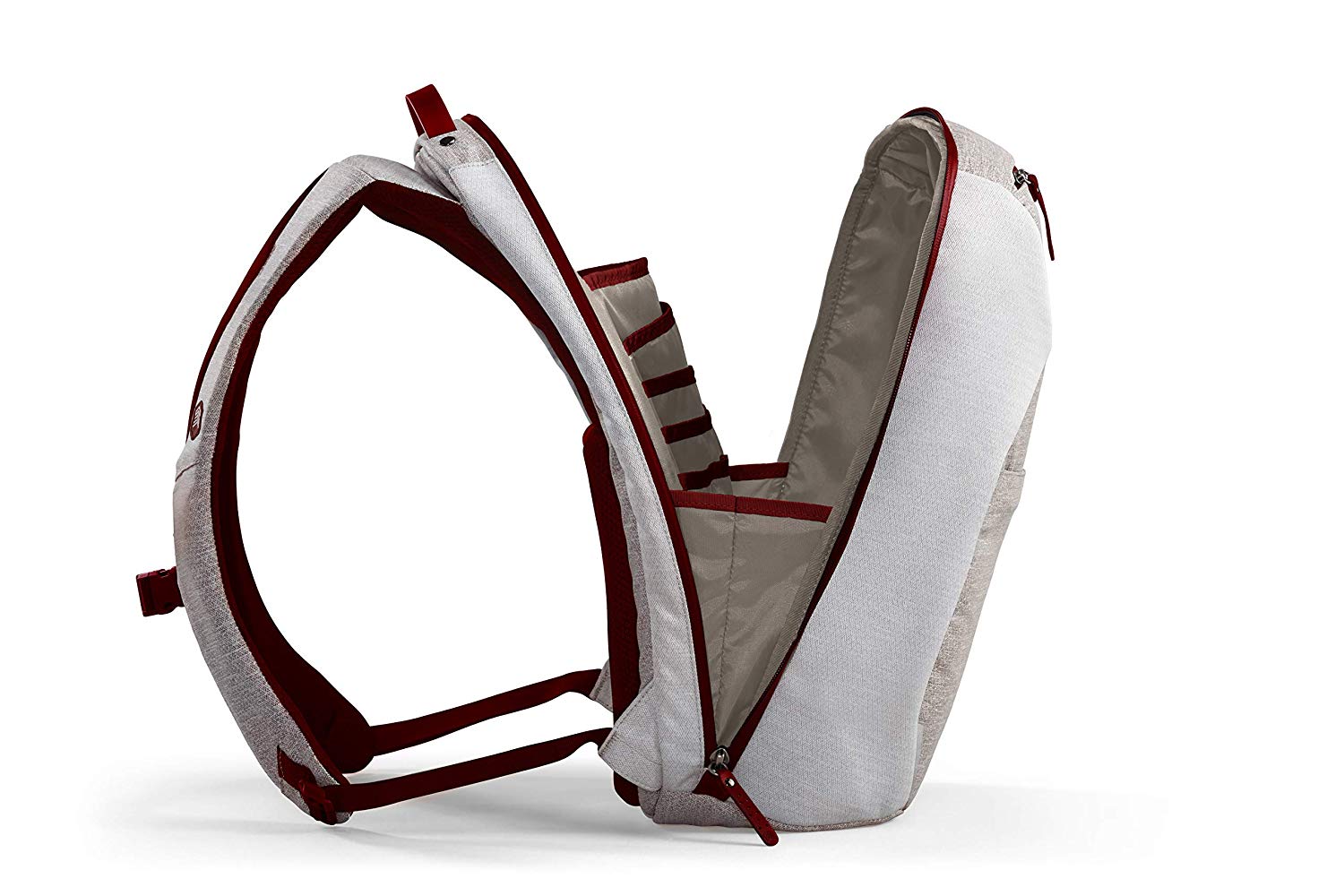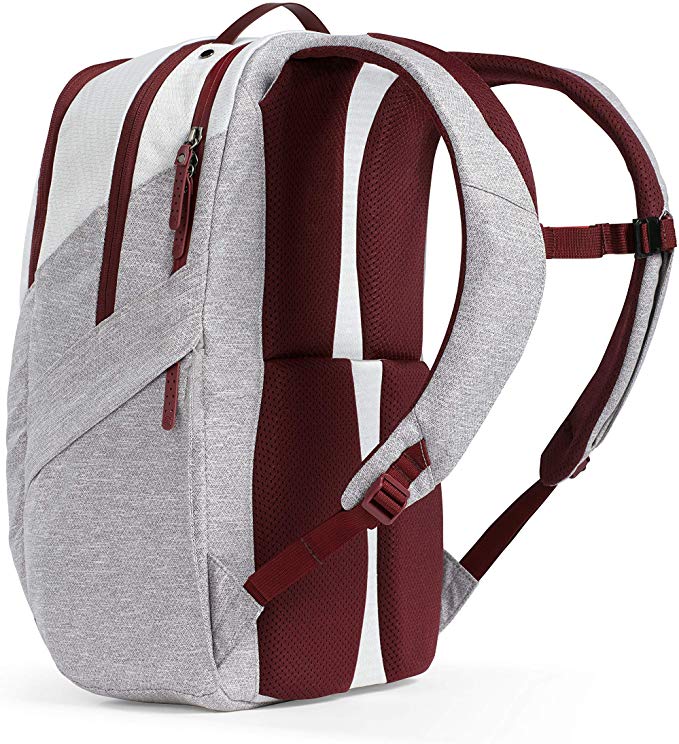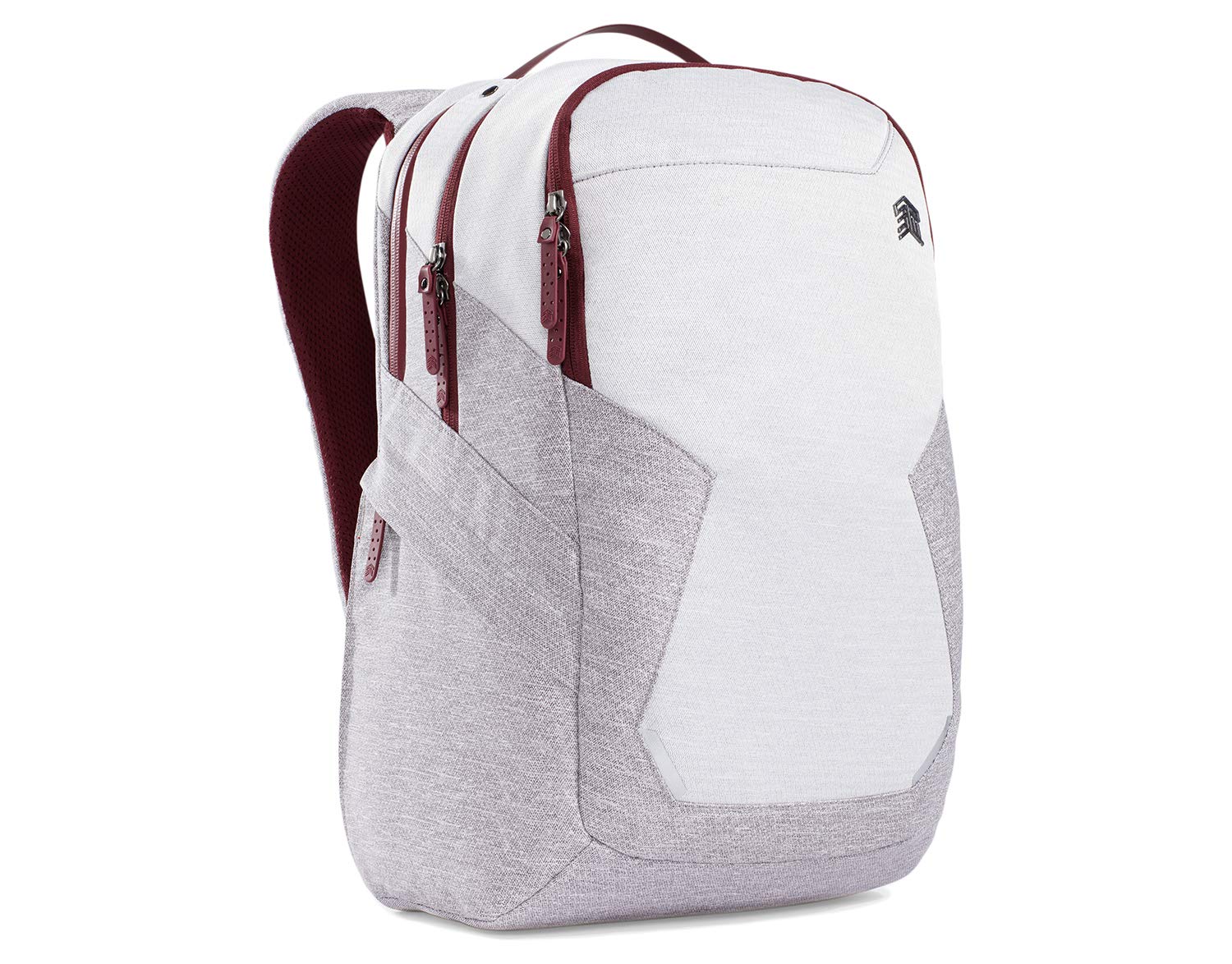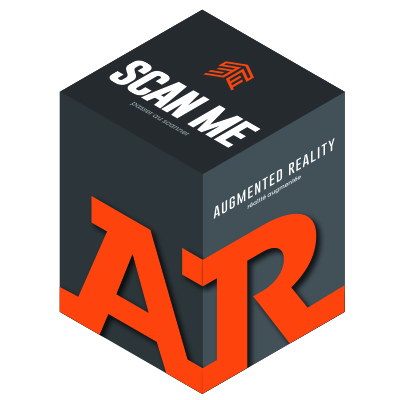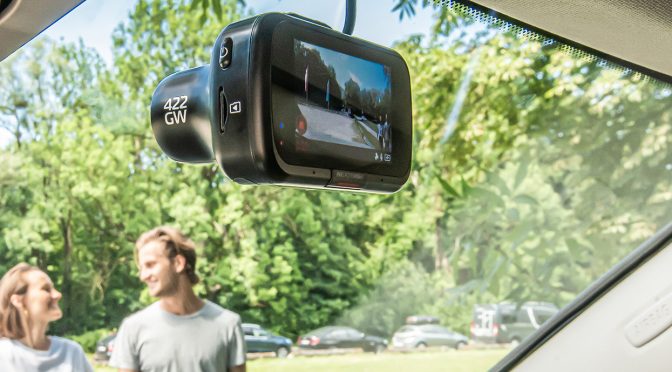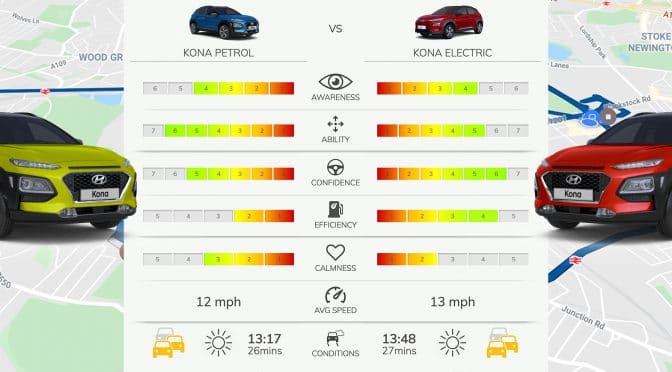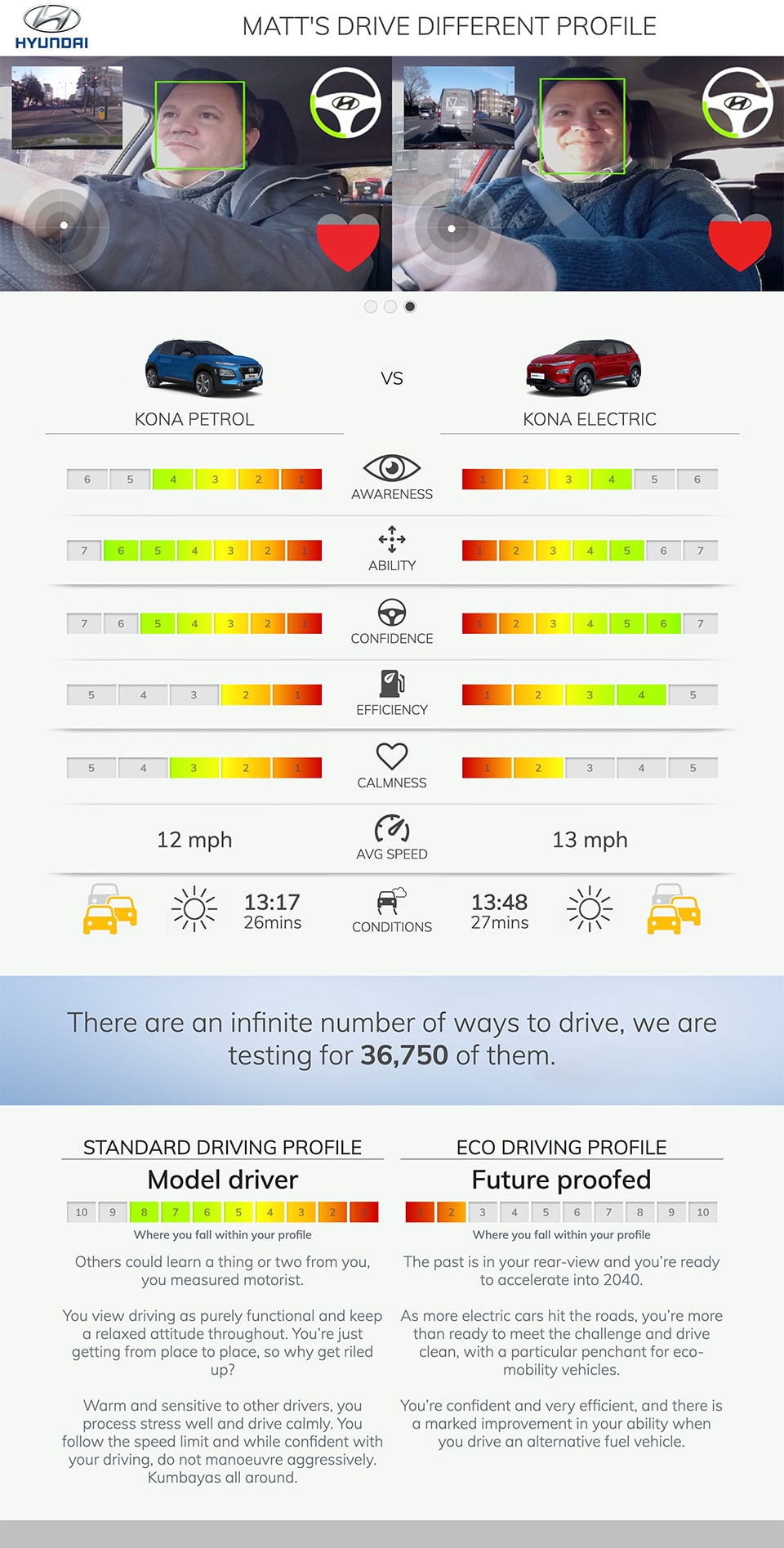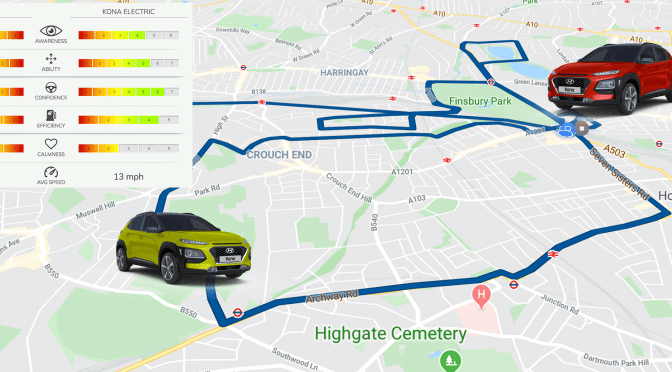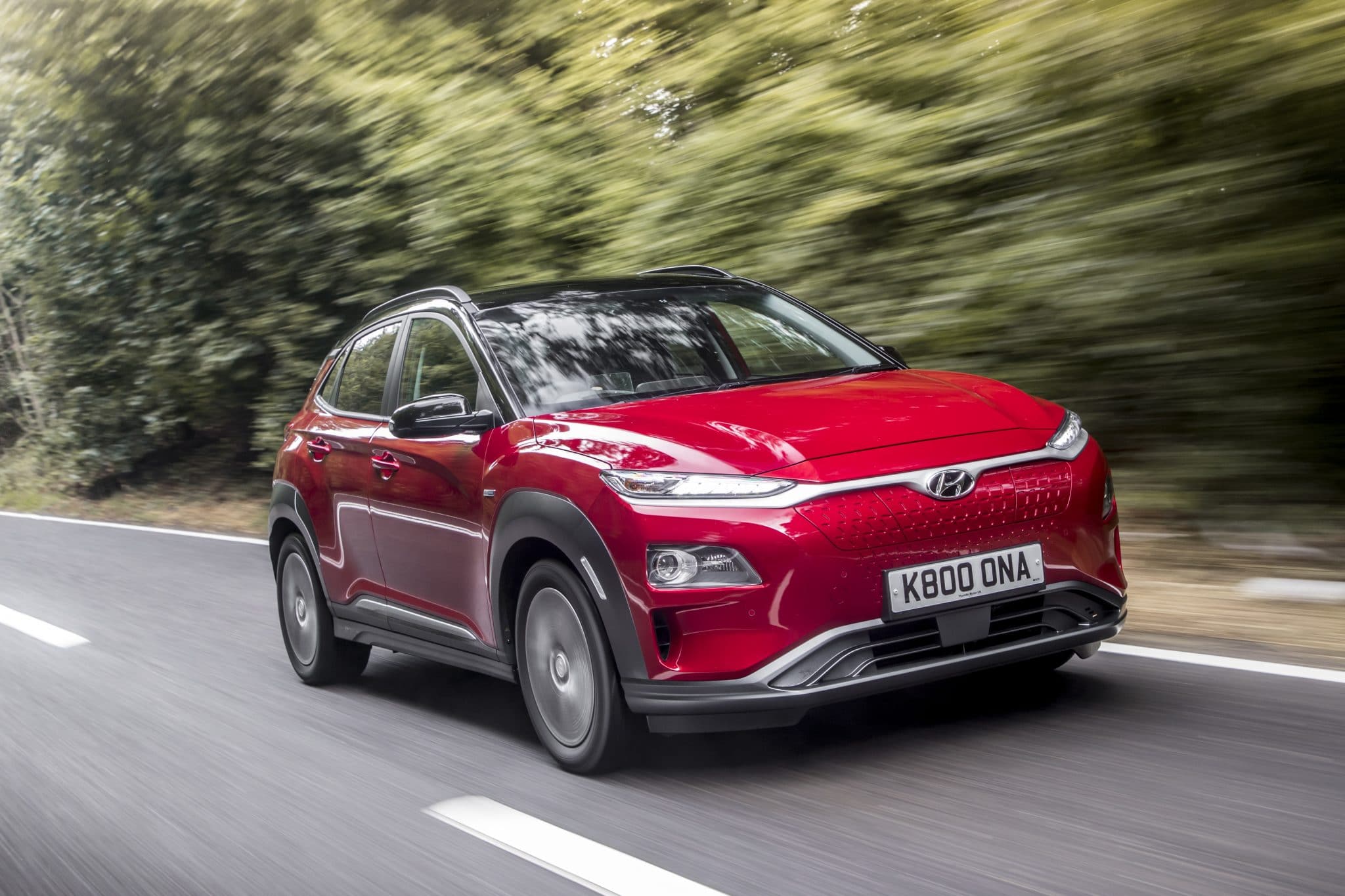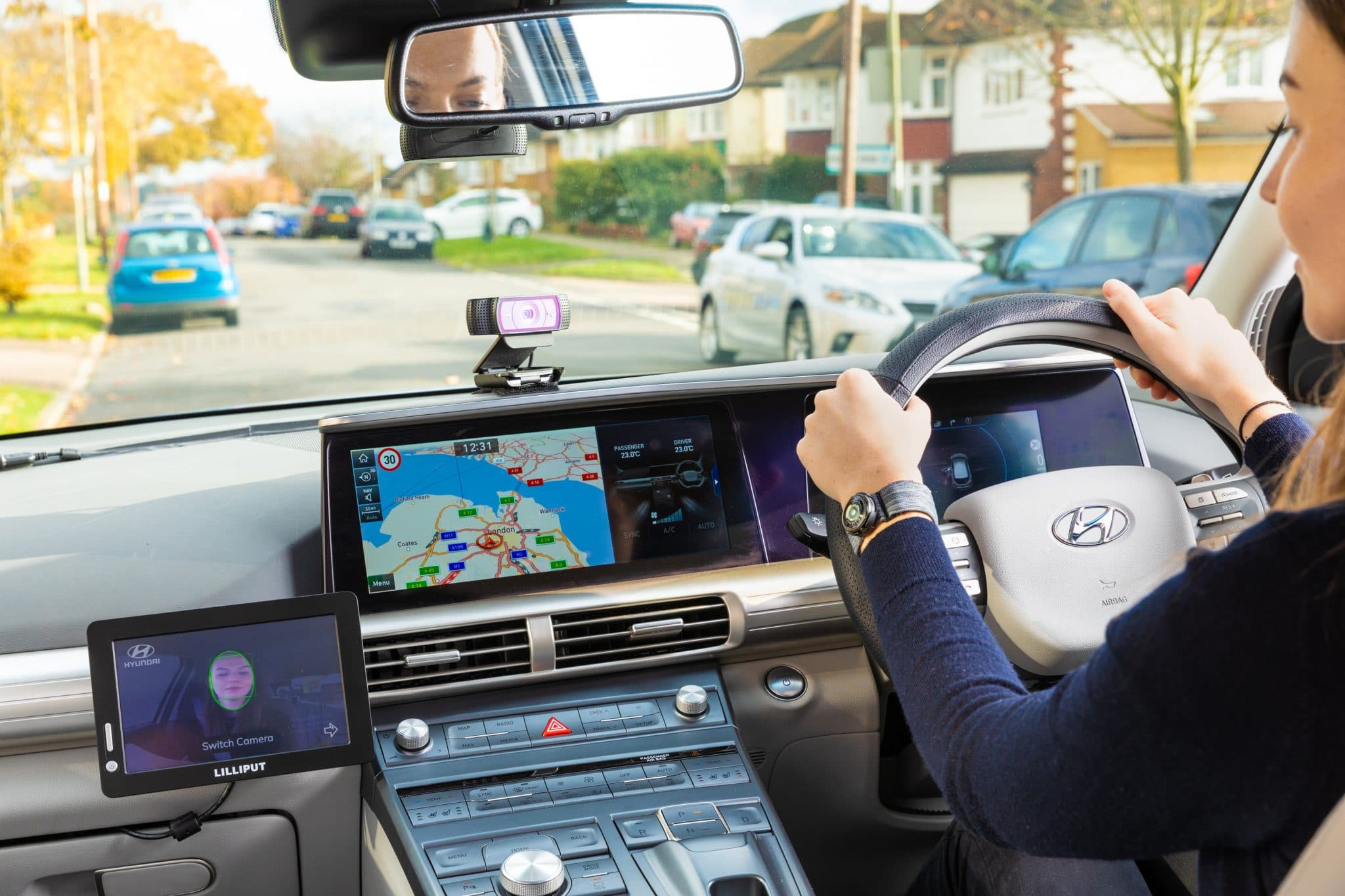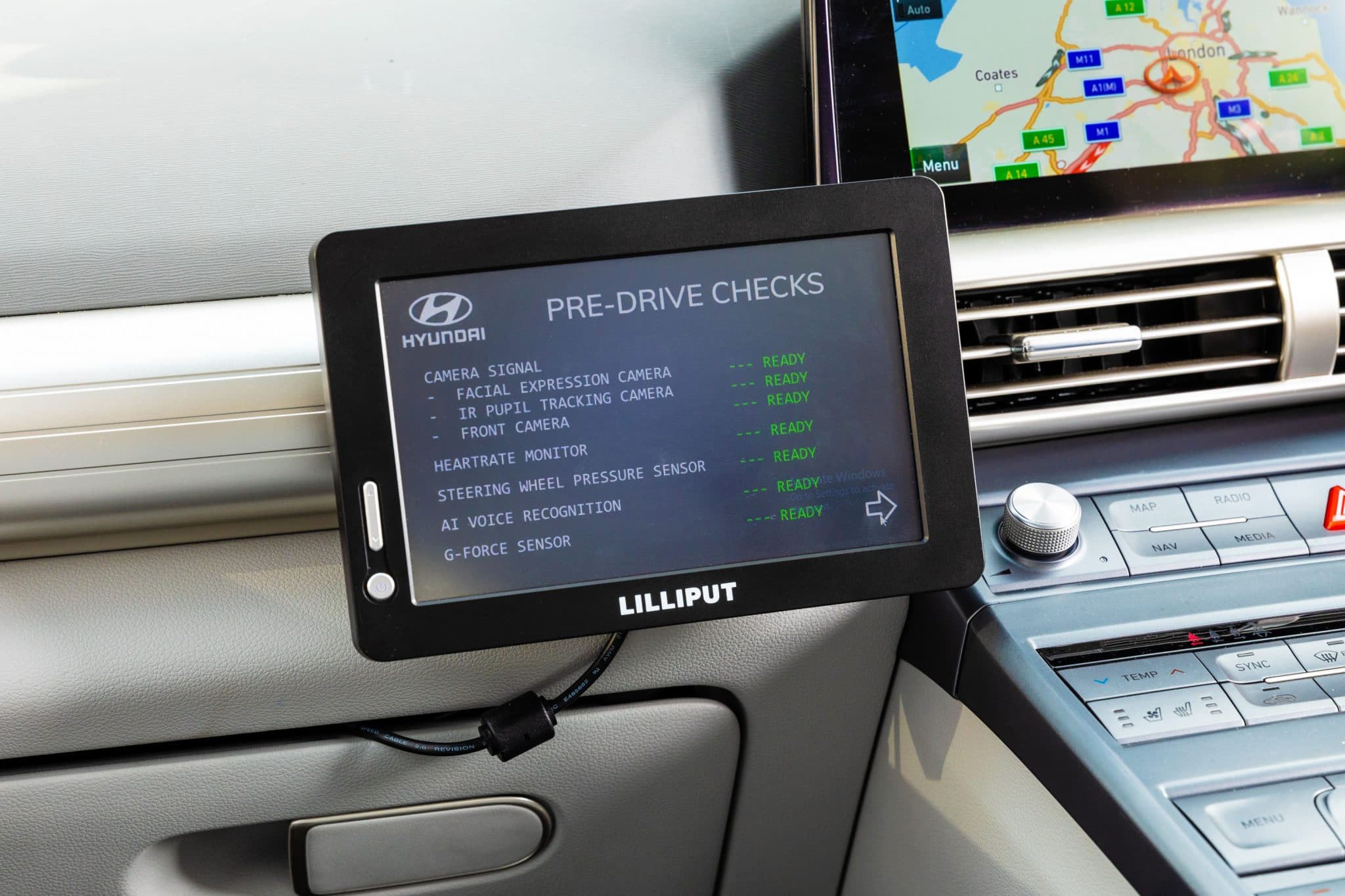Podcast: Play in new window | Download
Subscribe: Apple Podcasts | Email | TuneIn | RSS | More
Motor manufacturer, Kia, have today released a report detailing two pieces of customer research in November 2019 and January 2020, speaking to 3000 UK residents between 16 and 60 about their views on moving to Electric from Petrol or Diesel cars.
The research revealed that almost half of those interviewed admitted to over-exaggerating their green credentials to family and friends on subjects such as going ‘plastic-free’ and adopting zero-emission vehicles.
It transpired that 65% of parents make green decisions after pressure from their children, with 46% of parents saying they felt pressured by them to go green.
However, only 60% of Brits say they are ready to make the move to fully electric cars.
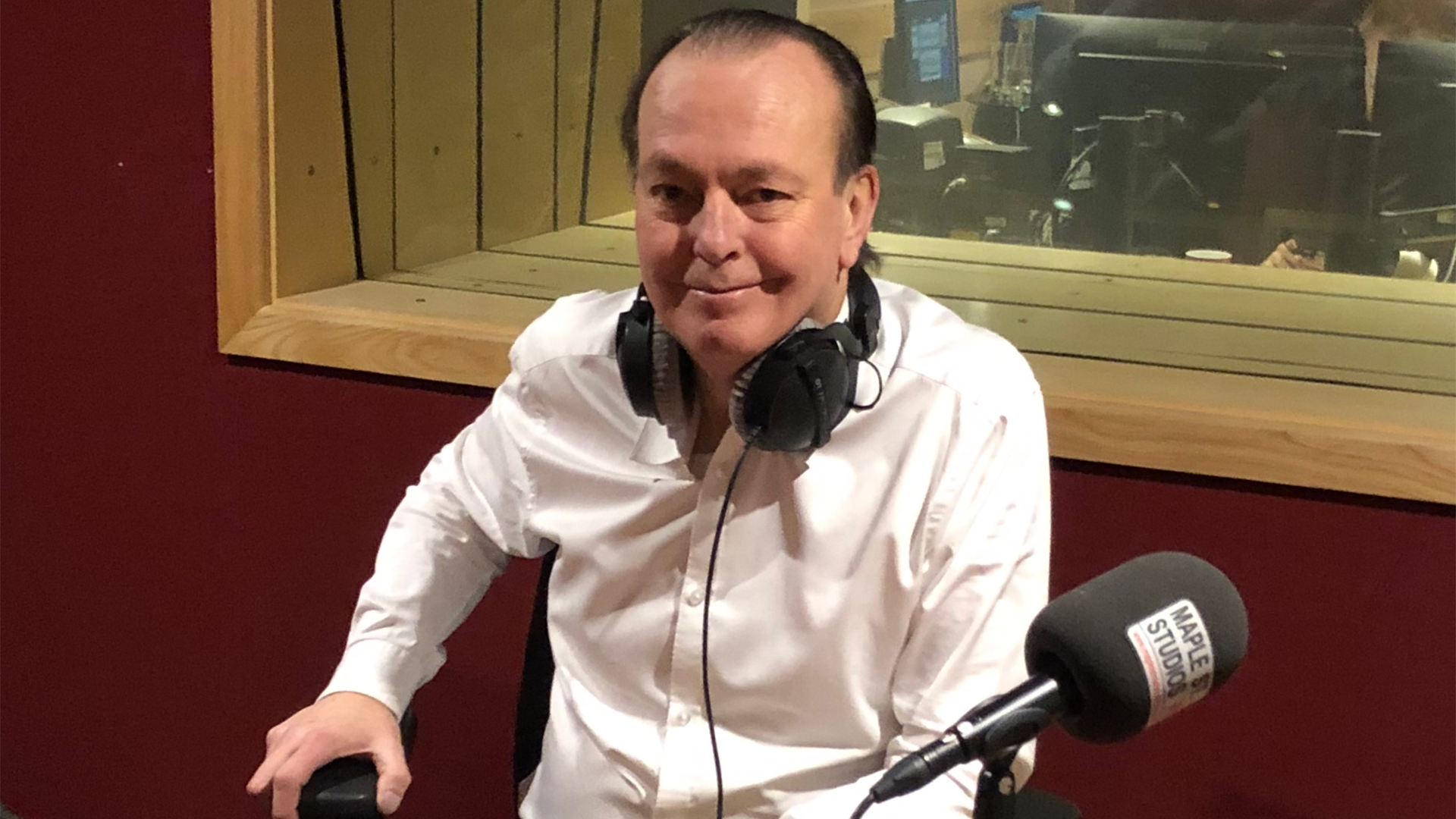
This morning, I spoke to motoring expert, Quentin Willson, who has been an electric car advocate for over a decade. He spends time lobbying the government to provide greater incentives to move to zero-emission vehicles and also has led way in getting fairer fuel charges for drivers.
You can listen to the interview in full, by clicking the play button above. You can also read the transcript of the interview below.
Matt Porter: Welcome to The Gadget Man Episode 156 – Is Society Ready to Adopt Electric Cars?
This morning I’m going to be speaking to Quinten Wilson, motoring journalist, TV, presenter and parent, and find out what his views on whether we are ready to adopt electric cars. the first question I have is from Maniel. He is concerned that if he buys an electric car, it will be less eco-friendly than his diesel because of the manner in which the electric motor is manufactured.
Quentin Willson: Well, that’s, that’s kind of nonsense really. and there’s a lot of myths surrounding this and, and the, the key research, pick this up that. People don’t know enough about electric cars, and there’s an informational issue here. But if you’re talking about mining in a democratic Republic of Congo, cobalt and things like that, it’s not brilliant, agreed. But electric cars are made usually in green factories. With renewable energy, and your, your diesel car will have been made in a factory that it’s power probably, or was prior, probably by coal and, and, and, and very intensive. Then you’ve got to get the diesel out, the ground, the oil out of the ground.
You’ve got to refine it. You’ve got to then ship it. You’ve got to transport it to the station. So. The idea that that, an old diesel or petrol car can be greener than a, an electric car is just nonsense. I mean, the numbers, it worries me that I possess his information. But over 80,000 miles, a petulant diesel car will emit 32.2 tons of CO2.
And, an electric car over the same mileage age, we’ll do 23 tons of Sierra, and that’s before you cost in all the transportation and refining of petrol and diesel. So, sorry, Maniel, it just, doesn’t apply.
Matt Porter: Yeah. He, what he started is, is as, as is quite common, with, with these kinds of forums is he cited a report which is on a, a website, which is difficult to, confirm.
The validity of it. So he’s talking about German, battery manufacturer, which is being powered by coal. but far as I’m aware, Tesla’s plans, for instance, are to build a Giga-factory in Berlin, which I assume will, their aim is to make it, from using renewable energy.
Quentin Willson: Oh, completely. Yeah. And I mean, look, if Elon Musk knows one thing, he knows how important it is, but you can’t replace, pollution and put it in another place by powering electric cars, by coal-fired power stations, that’s impossible.
Then he’s on the absolute Vanguard of all this with the solar and everything. So, it’s interesting though that we’ve got these myths being almost propagated and there is this kind of. Strange. Now fake news thing about electric cars that, you know, you can’t use them in car washes. That’s just so duff and the fact that, you know, the batteries are going to be a toxic hazard for generations to come. Where does this sort of thing come from? And I’m not one for conspiracy theories, but there’s quite a body of, of, of pushback against the whole, the whole industry. And it, it, it does worry me that this stuff still has credence.
Matt Porter: Yeah. Is a concern. I have been driving and testing electric cars, alternative fuel cars for the last five or so years myself. And I find it difficult to understand where these, where this information comes from as well. So, I’m, I’m with you on that. Chris has asked, “Do you think that the technology such as the autopilot type technology is likely to roll out into, electric cars, as a standard in the next, in the next few years, or will it be restricted to high-end models?”
Quentin Willson: I think it’s all about cost and I think, the autopilots OK, but the idea that we’ll all be driving around in autonomous cars, that’s a long way down the road. And that’s what people really think autopilot is, is, is the precursor for even Musk says, it’s at least 10 years away.
I think everybody, I talk to it all the, all the car companies say it’s probably longer, 15 years, and then you’re going to get the idea, the infrastructure worker, you can’t have rubbish signs and, and poor lines on the ground because the LIDAR and the radars have got to kind of pick all this stuff up.
So, I don’t think we’ll see autonomous cars for a long time yet. And I think, you know, your, your autopilots will, they’ll percolate down. Sure. But I don’t think there’ll be as Musk.
Matt Porter: Thank you. Graham has as asked “He lives in a terraced house with no drive or off-road parking. How is he going to be able to reliably charge his car, on a nightly basis if there is nowhere for him to plug into in his own home?”
Quentin Willson: This is a great question, and it concerns 30% of people in the UK. It’s 70% in London. if you haven’t got off-street parking, or garaging, then, you can’t really have an electric car.
So what we need to do, and again, I’ve been pushing hard, with the government for this is EV hubs that you have, in communities, in schools and supermarkets. These rapid charging hubs that people who don’t have the on-street a charging facility can take their car, plug it in for half an hour, 40 minutes, and then it’s ready to go and they can have batteries, large batteries, the size of shipping containers as well. So, you can modify the demands of all this kind of infrastructure technology. It’s there and it, you can, you can string it all together, but we just need the political will. And here’s the thing, the understanding Matt, from government ministers that we need to do this and that for me and, and, and the care research picked us up as well.
The democratization of the electric car, which is so important. We cannot carry on having them as a middle-class plaything where you’ve got your electric car and then you’ve also got Range Rover for long journeys. Everybody must have the right and the ability to drive a zero-emission car. And I’m absolutely adamant on that, and at the moment it’s skewed.
You know, really, to large income earning people. And we need to bring it right down to communities who want to be, you know, zero mission and help the environment.
Matt Porter: Do you think that that could be achieved by, government, grants or more, generous group government grants? I know there was the plugin grant, which was reduced, wasn’t it? Which was a real shame. but do you think, that needs to happen as well, or do you think it’s not affordable by the government to do that?
Quentin Willson: You can’t have it both ways, Matt, you, if you want, you know, this fantastic electric car revolution, then you’ve got to understand that it’s going to cost a lot, and we may be talking about in hundreds of billions.
Matt Porter: A bridge from Scotland to Ireland perhaps?
Quentin Willson: Yeah. Maybe two!
What we want to certainty the public wants certainty. Comment of fractures wants certainty. I want certainty. I want to know that they are going to build an infrastructure fit for the 21st century. That is future proof for the bigger, larger car batteries that are coming. A 100 kilowatt, 150 maybe even 200-kilowatt batteries and they aren’t marooned with this kind of poor thinking. The biggest problem I have with, with the government is that not enough people drive electric cars. I’ve been in a House of Commons, meeting in the House of Lords when I said, “Right, okay, how many people here actually drive an electric car?” And there’s nobody. It’s just, you know, me and a little Baroness, who, who’s always in the slow lane because she’s afraid of running out of juice!
So. I get that understanding is so important and Kia have really flagged this up in this research, which is 3000 people and it’s robust that, you know, we are anxious about this and we do want to have much more certainty and security from the government and they’re giving us these cliff edges. Choices, you know, no more new cars, petrol, new vans, or, or, or diesel cars by 2035 or maybe even 2032 will give us an option, you know, give us, give us a reason to change our behaviour and then we will.
But the two most significant things in this survey are. Your fear of not having an infrastructure and your fear of running out of batteries. So that proves that despite all the virtue signalling, the government has to do better than this
Matt Porter: There also seems to be, from what I can gather from again, from my questions, is a lack of understanding about what this switchover will be, that people.
I get the impression people tend to think that they’re going to have to suddenly stop driving their existing cars on a particular date. When the, if you like, the band comes in into, In into, into policy. And it, you know, even though when I’ve explained that no, you can carry on keeping your own car.
And then we also have people that are saying, but it’s surely going to drive the price of petrol up. It’s going to be expensive for us to keep our existing cars at that point, but too expensive to buy new ones. So we’re stuck in a rock and a hard place. So there is this kind of the whole mix of concerns.
Quentin Willson: And it’s not being properly explained to people.
Absolutely. Right! The ban, and here, let’s do this for the record, Matt. The ban concerns new Vans and cars powered by diesel and petrol after 2035 or earlier 2032 you will still be able to drive your petrol and diesel car. Nobody’s going to stop you. There may be an increase in fuel due to discourage use, but then that’s another thing I do with my “fair fuel” campaign and that that affects the cost of living and we need to keep the cost of living right down. The thing that worries me is that the government have said that they are not going to permit the sale of hybrids after that cutoff date. And I think that’s wrong-headed, but, what, what do I know?
So, people must feel that, you know, they don’t have to stop driving their cars, that you will be using these petrol and diesel cars for decades to come. Probably. and you may even see a spike in their values. Who knows? Electric car values have certainly gone up secondhand ones because of demand.
Matt Porter: The certainly seem to retain their value.
Quentin Willson: Absolutely. You look at some of the market-leading ones, and they’re up 17% in January, I think. 24% in February so far. So yeah and there’s another myth that they cost more. than petrol and petrol and diesel.
Cause actually if you factor in all the tax breaks, the benefit in kind the fact that you, if you’re a company, you can claim 100% of the cost back against the corporation tax and profits, and salary sacrifice, then the money you’ll save on fuel and, and servicing. I think we passed a watershed moment where an electric car could even be cheaper than a petrol or diesel car. Nobody’s really done the sums cause of that depreciation thing that the way you see these cars hanging on to their value and the replacement cycles are much, much longer. You keep your electric car for four, five, six, seven, eight, nine years. then I think it’s really interesting, some to have done if you look at currently.
Matt Porter: one thing is that my wife, Highlighted to me was that with hybrid cars, that there seems to be this whole mix of hybrids that are now being promoted. So, we have mild hybrids, Plugin hybrids, Self-charging hybrids. Do you not think that in some way that might confuse people that, okay, I want to buy a hybrid in there in the short term, or lease a hybrid, but, hang on a second, I’m being told that there are a whole number of different hybrids that I can have. do you think that that makes it slightly unclear to people when they look into buying a car that, are they buying the right kind of hybrid?
Quentin Willson: Absolutely you’re right, people don’t understand enough and you know, the point of sale of where you buy your electric car isn’t the right place.
Usually, the salesman wants to sell you a diesel. So, we, we really do need, as a society and as a government to start communicating these messages better and getting people to understand which is the best, the best car for you. And everybody’s needs are different and there is no charging infrastructure in certain areas.
So why would you buy a battery-powered car or buy a hybrid? And that makes perfect sense. But getting this stuff across, I think he’s really important. And yeah. Here’s the irony. Kids seem to know much more about this than parents. They really, in this research there, they are, they at the if you’ll pardon the pun, the drivers behind this, this, this moment of change.
And, and parents are reacting to the pressure from their kids. And I get it from mine. that, you know, you’ve got to do something and you’ve got to be as green as possible. And then in a way, that’s that. That’s great. Really, because it comes from innocence and our generation have kind of used up the resources of the world.
So profligately. And, and, and these kids want to change it all. And that’s, I think, a great social force that we mustn’t ignore.
Matt Porter: That’s right. there was one final question I mustn’t miss, which is important to most people, which is, Grant has asked me, “So if we all move to electric cars, how on earth will the infrastructure cope with the demand for electricity?”
Quentin Willson: Well, I, I’ve spoken to the National Grid at length about this because it’s an obvious question. and they say, when you get to say 50% penetration, we will still be okay because we will have grid management. And don’t forget that there are offshore, wind is now. Renewables is probably 55% of electricity generation.
You will need to, rebuild what is known as the ‘local circuits’, which are the wires that come into your house and into your lamppost on the streets. And that’s going cost quite a bit. That’s going to cost about 4 billion quid because they will need to take much more power. They will be able to generate enough because if we spend enough to, to, to have more renewables, more offshore, and a couple more, nuclear power stations, yes, but that’s kind of a long way off.
100% EV utilisation may never happen. Matt, it’s going to be a slow transition just because it is. and I see 30, 40, 50% by maybe 2040 and then as we get to 2050 zero-carbon, you might get 60 70% EV penetration. It just depends how we roll up the infrastructure, but everybody in the electricity generating industry and their district network operators say that we can cope if we kind of just regenerate some of the old wiring, the old substations.
Matt Porter: I think that is really important as well for people to understand, that the responsibility rests on our shoulders as much as it does, government shoulders and the, you know, if by simply looking at installing a solar panels on our homes and battery storage in our homes as well there where we can hold, we can re, we can charge three, we can hold our own power, to charge our vehicles ourselves. Or we can run our households. We’re not putting the strain on the grid at these high peak times ourselves because we’re storing energy ourselves. I think that’s a really big thing that people need to start thinking about is it’s battery storage really in their homes and solar energy.
Quentin Willson: Oh, I agree. My 21-year-old son, he never stops talking about it and showing me pictures of battery walls and, and the fact that we can, we can be completely independent of the utility companies that the big villains. And I think that’s absolutely right. And they’re all people who have these battery walls and the solar and are, are just, you know, completely pairing their house and their car on renewable energy and, Whoa, that’s just such a great goal.
Matt Porter: Quentin, thanks ever so much for your time this morning. It’s extremely interesting and I know my listeners will be happy to hear those answers and yeah, thanks ever so much for your time.
Quentin Willson: Pleasure Matt.
Matt Porter: So that was Quentin Wilson giving us his views on the impending adoption of the electric car in the next 15 years.
So, until next time, this is Matt Porter, The Gadget Man signing off.

